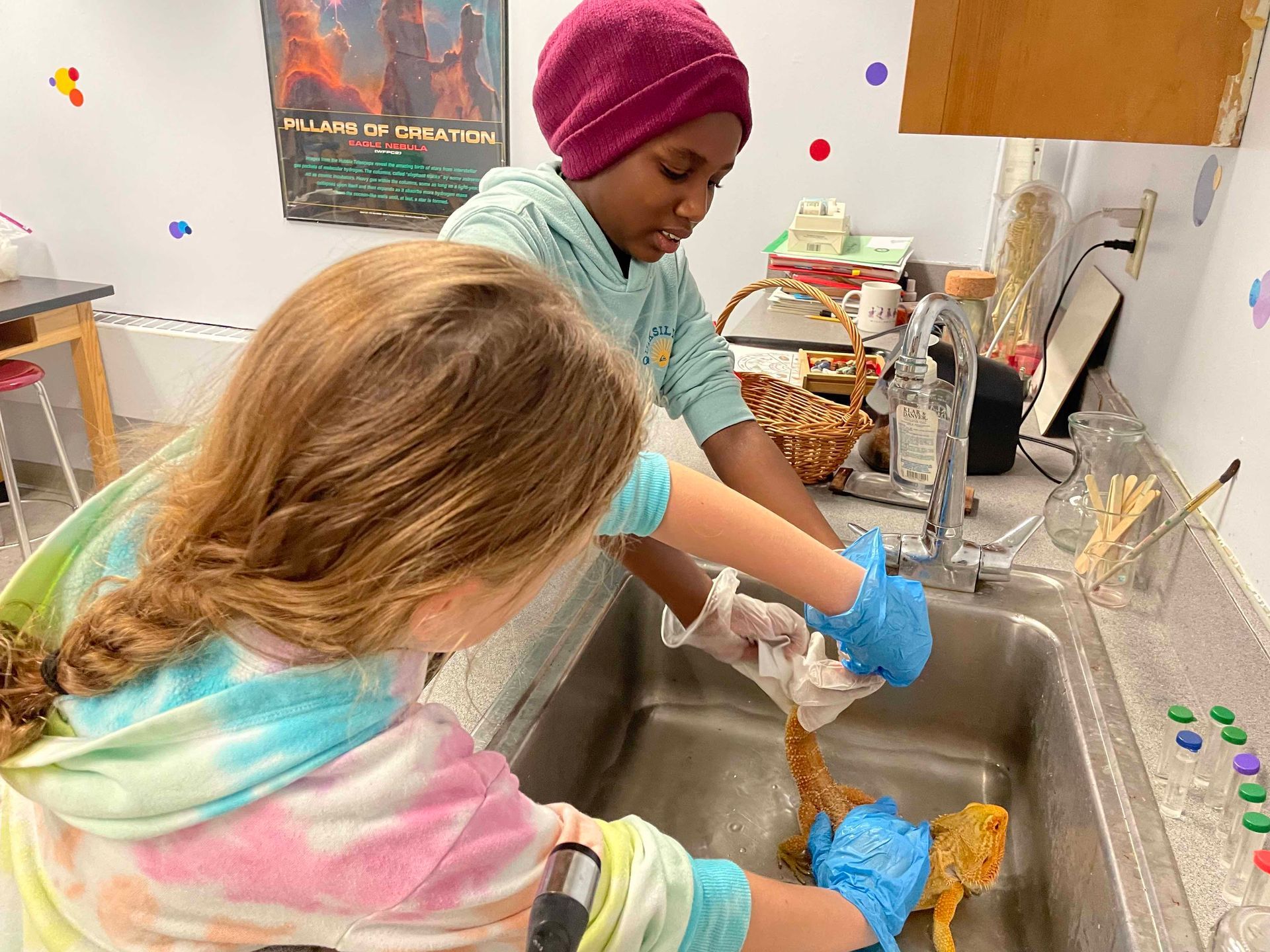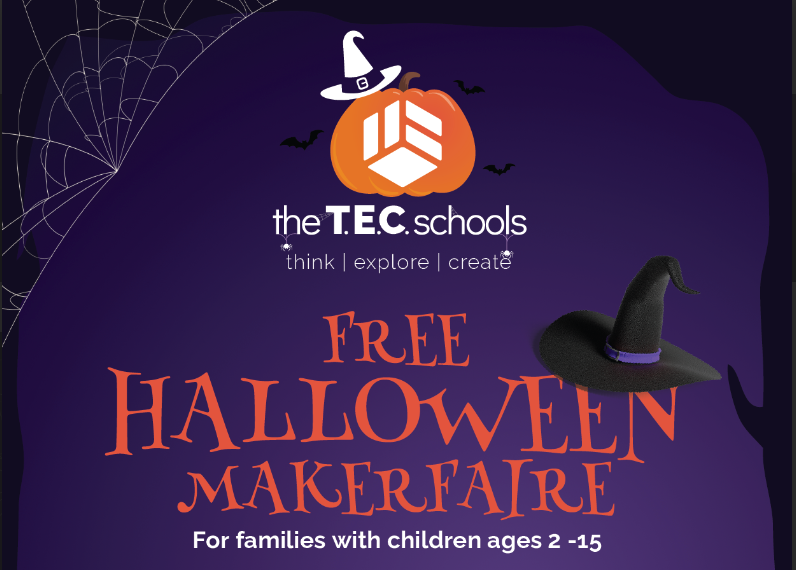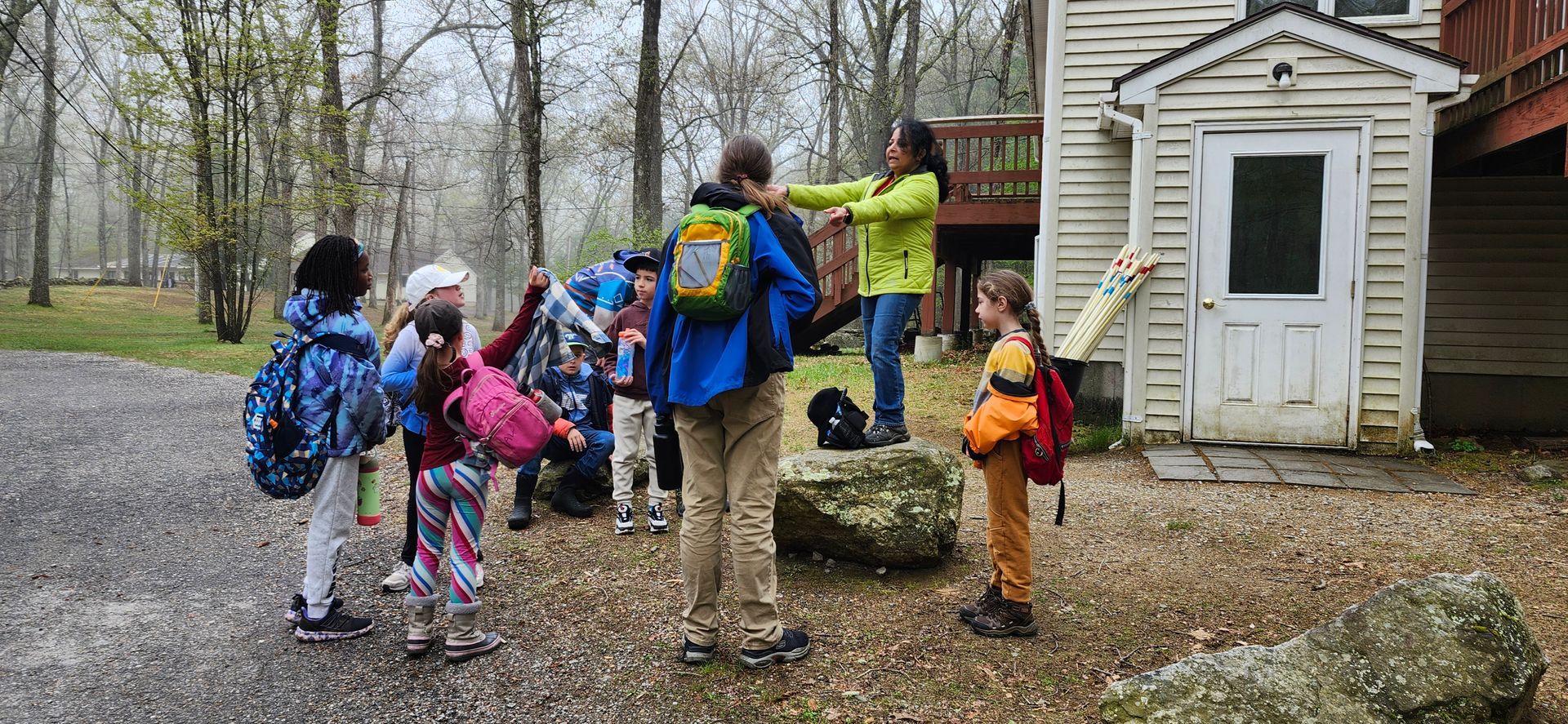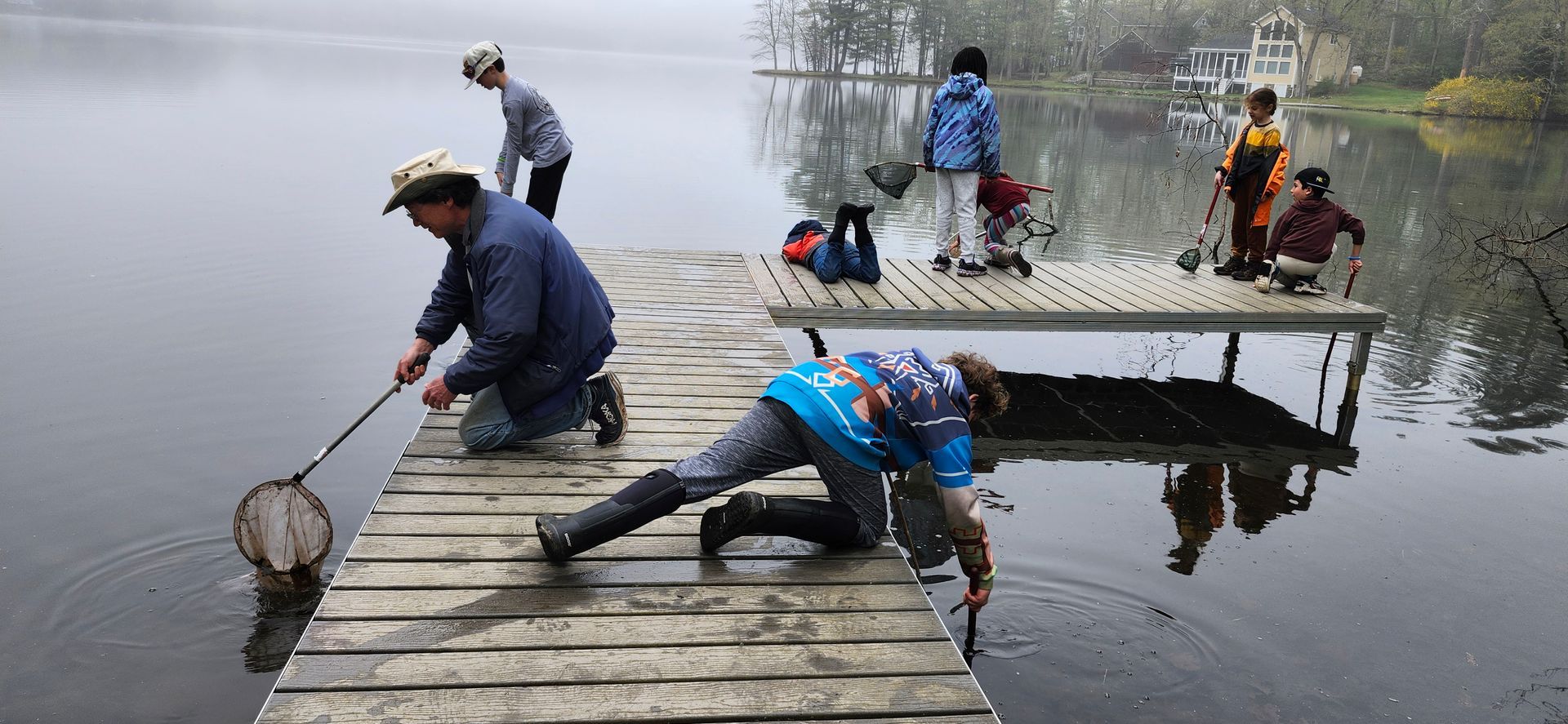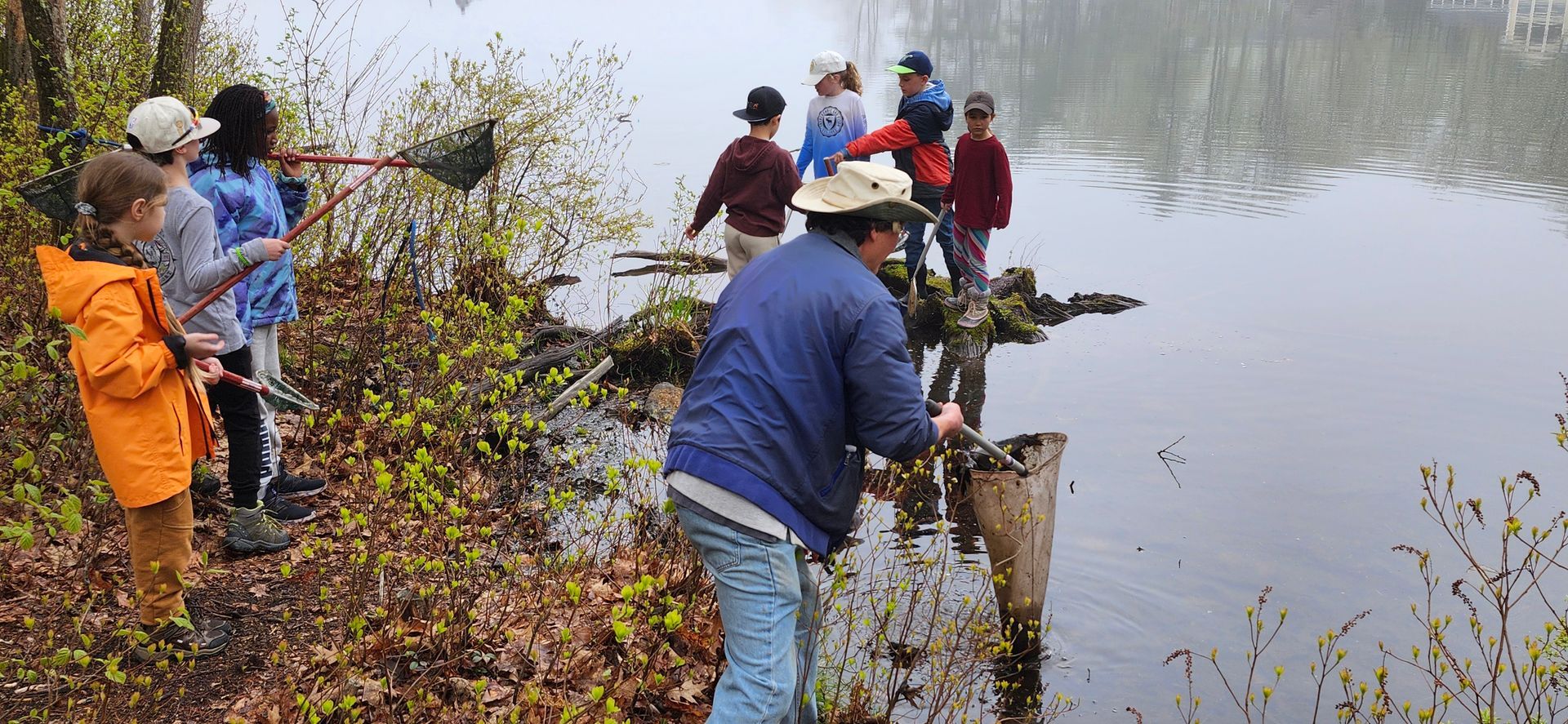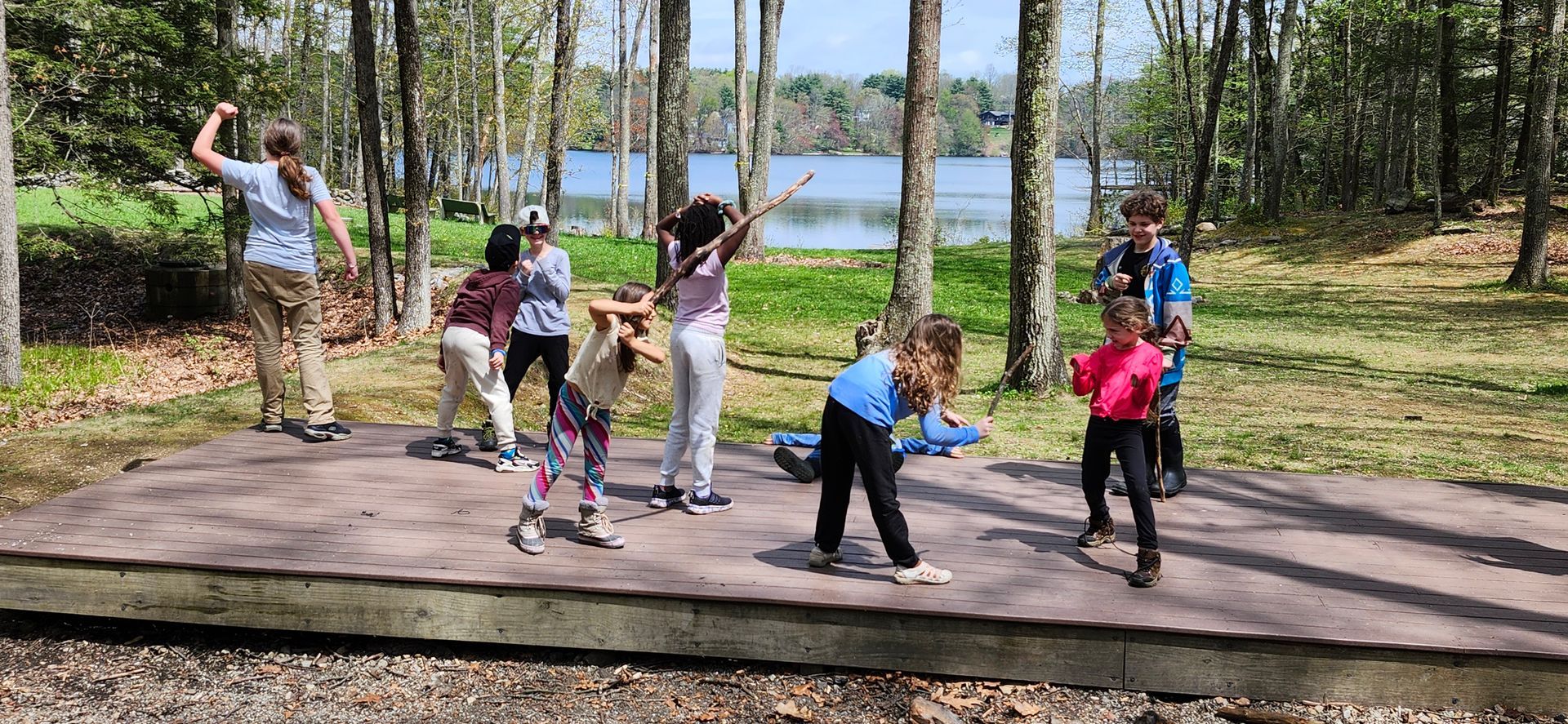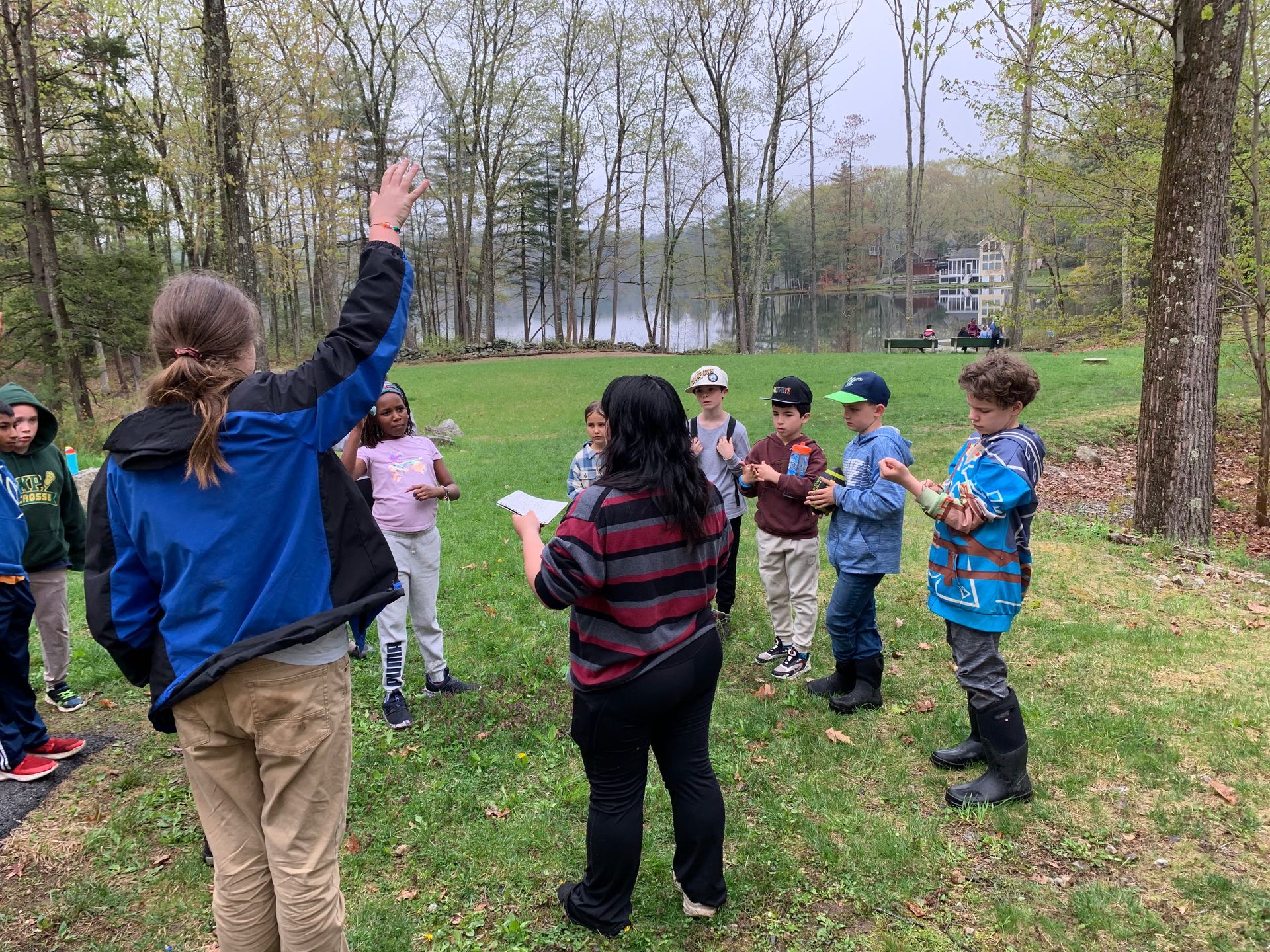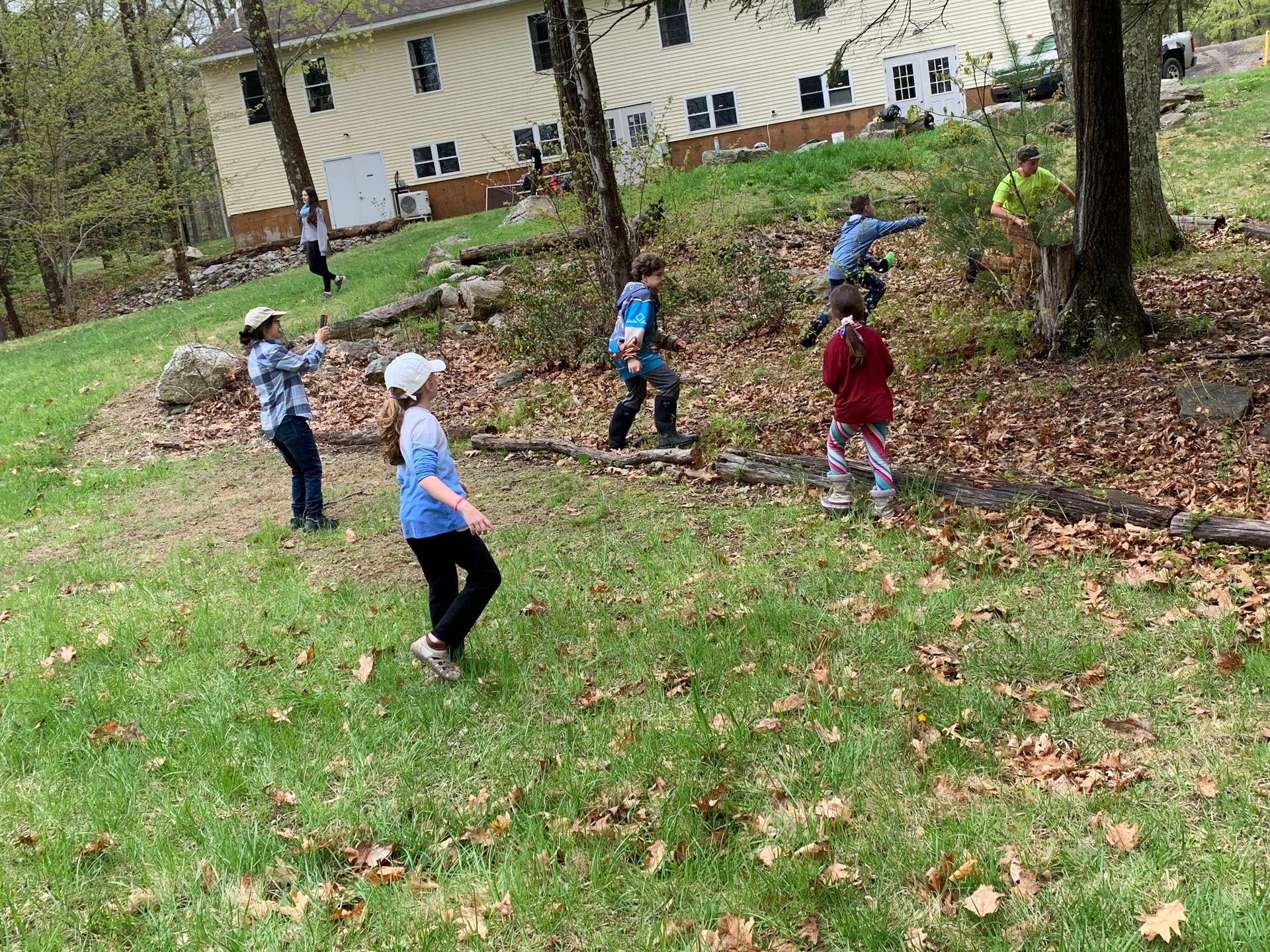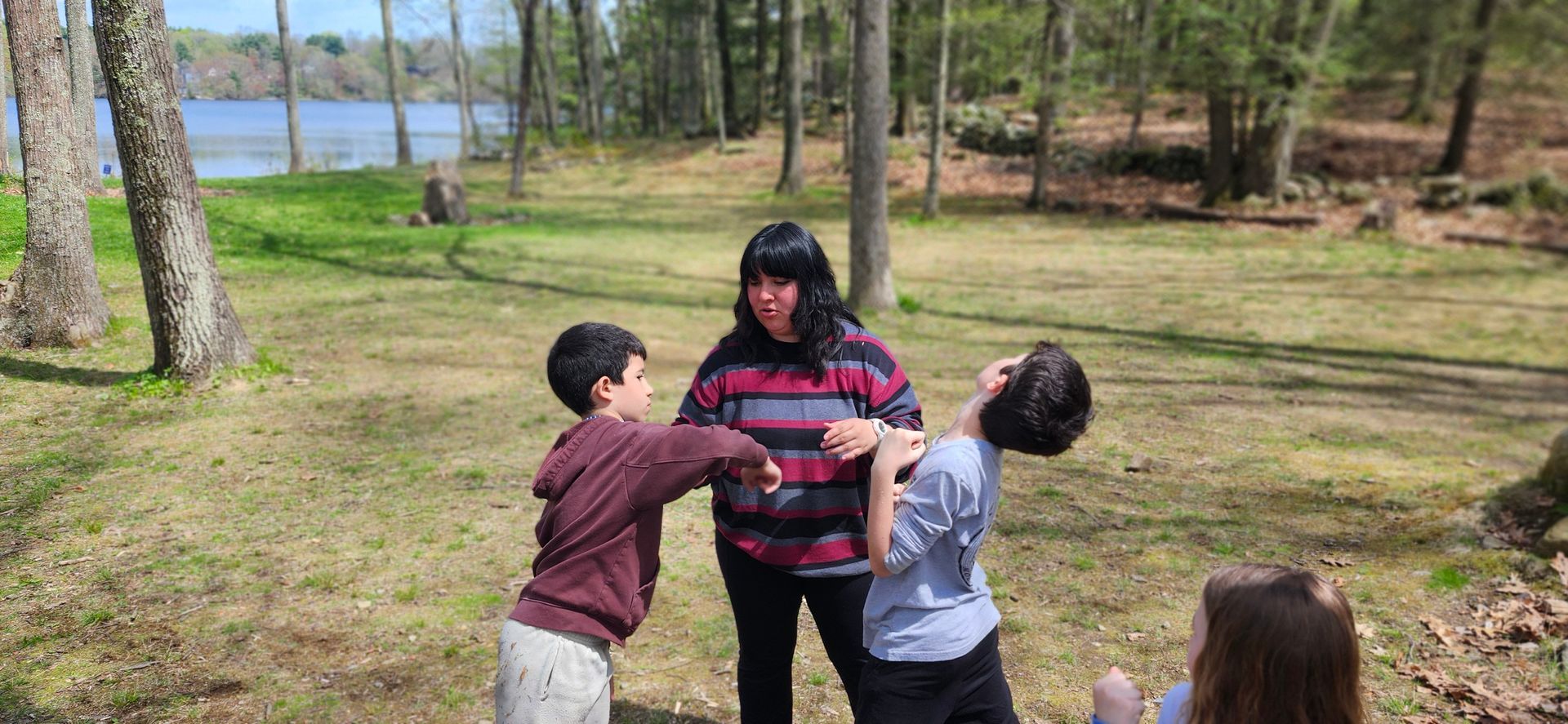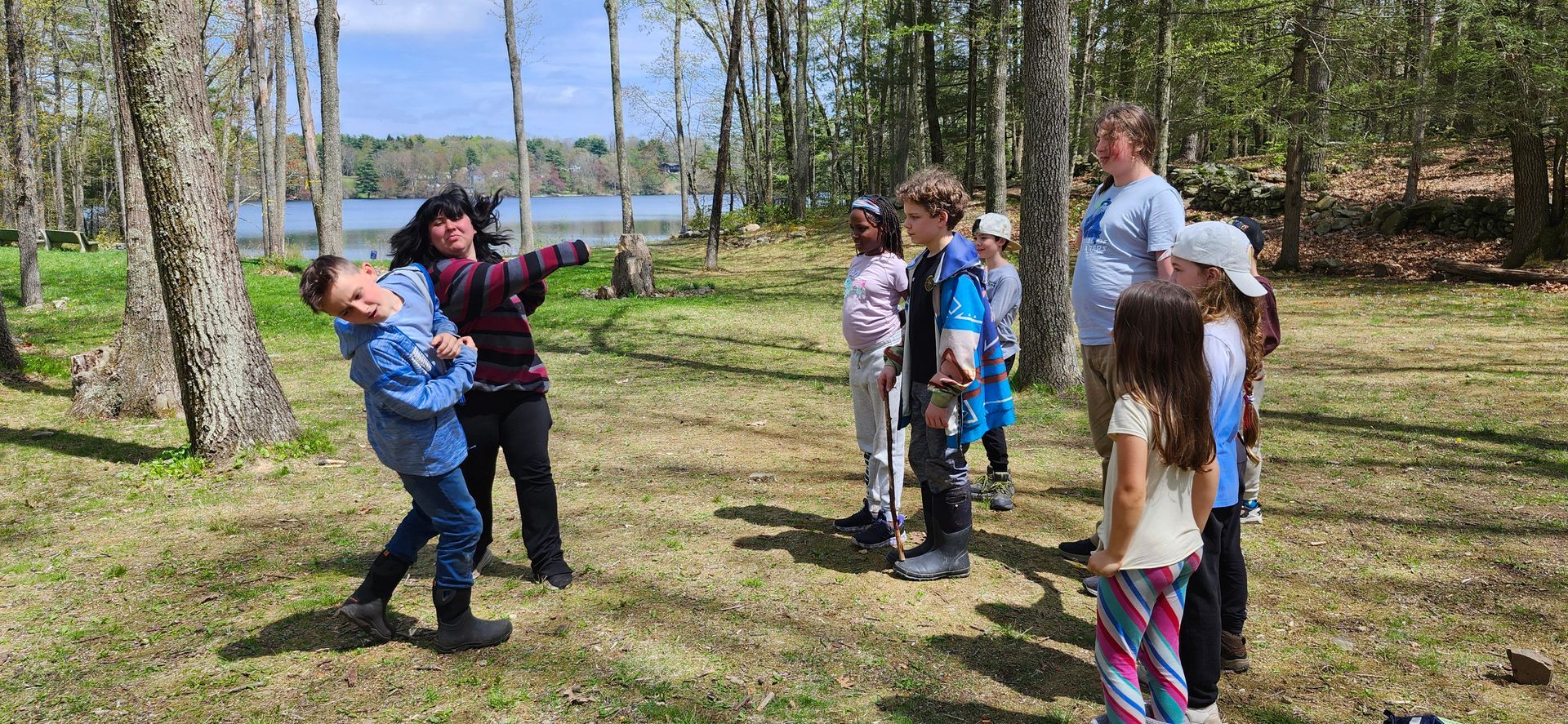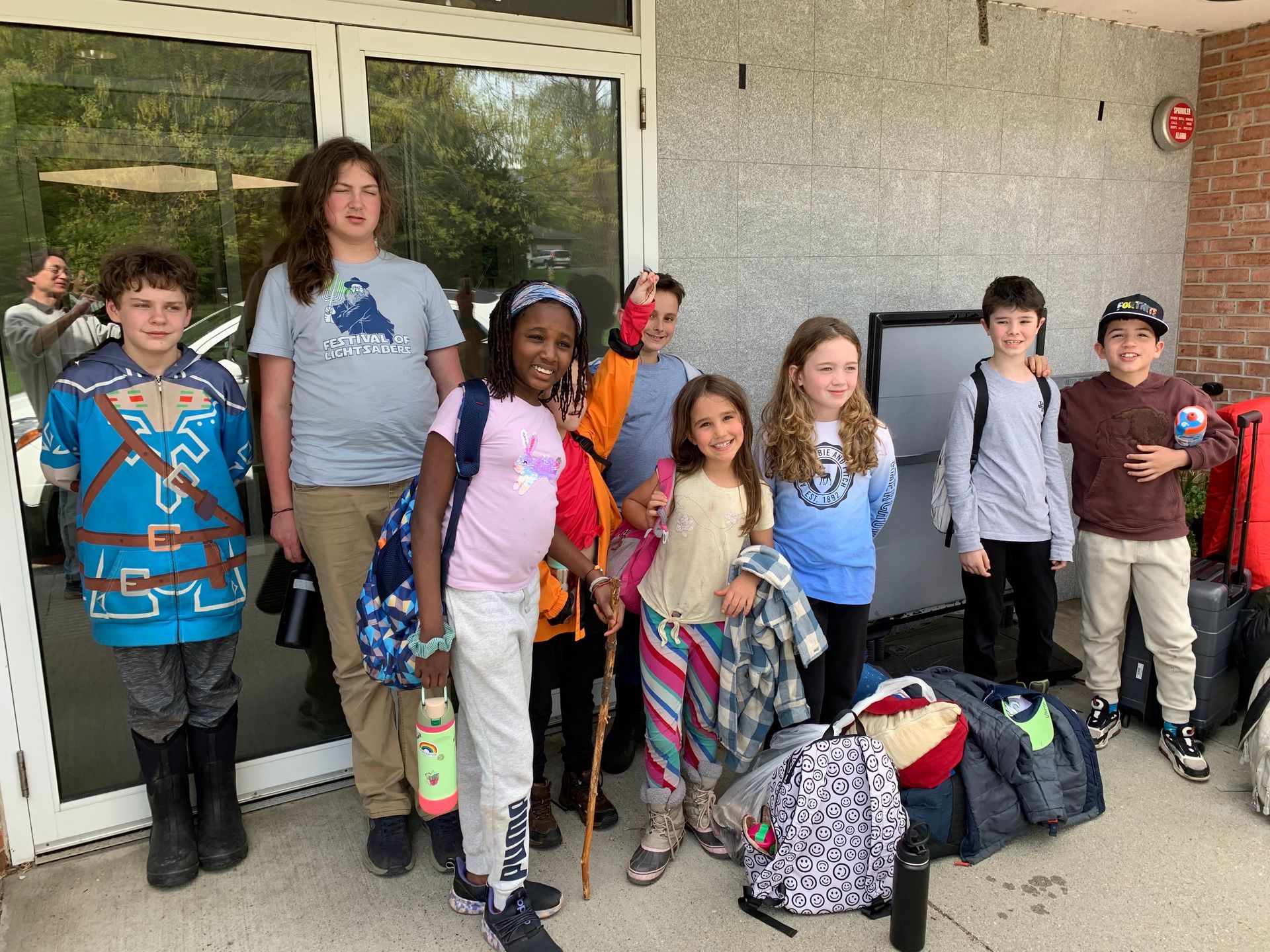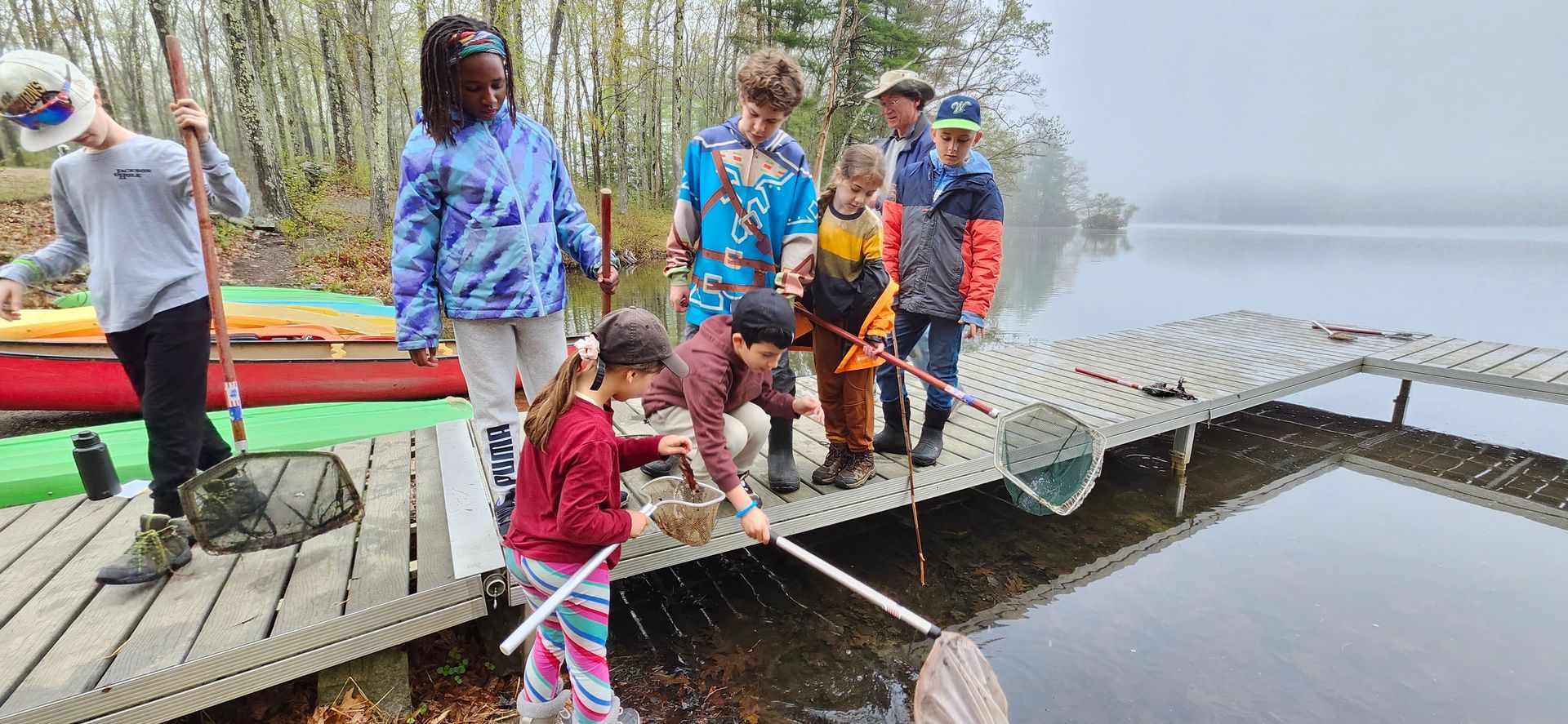
Often, when parents consider The T.E.C. Schools, a question arises: how do students thrive in a mixed-age group? In traditional education, students are typically grouped strictly according to their age. However, at The T.E.C. Schools in Worcester, we embrace the traditional Montessori model of multi-age classrooms. This approach, where younger and older students learn alongside one another, fosters a unique dynamic. But how does it work in practice, and how do friendships transcend the typical age barriers? Our recent third-year students' experience at Nature's Classroom offers a beautiful illustration. ~Blog by Christine Owings
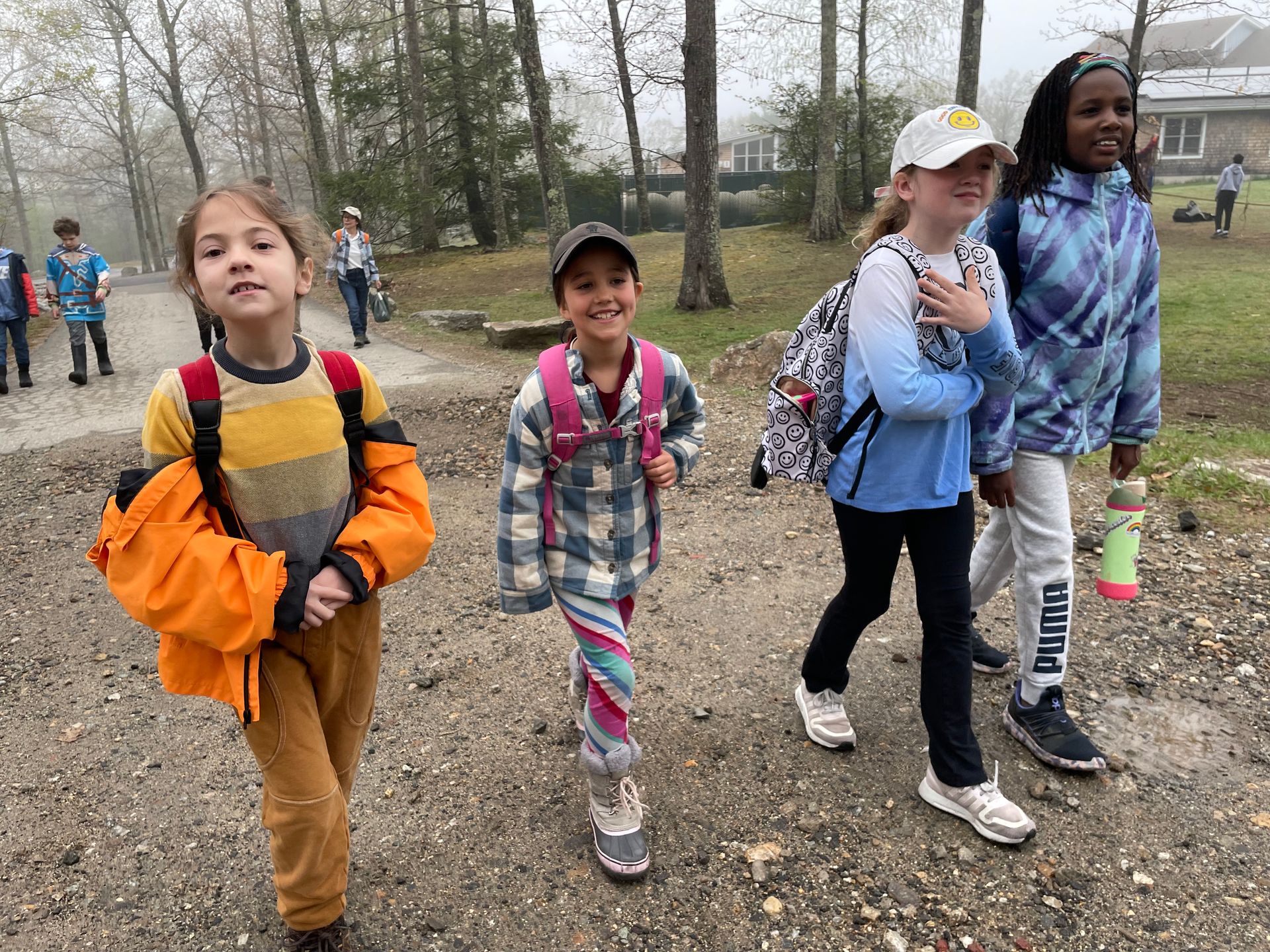
The journey itself was the first step, a scenic van ride winding through the neighboring towns, eventually delivering us to the tranquil, wooded embrace of Nature's Classroom. There, amidst the familiar faces of Mrs. Sharma and our older students, the day's exploration began.
Our initial foray led us to the serene waters of the Pond. Under the gentle guidance of Mr. Choi and the patient mentorship of our experienced Upper El and Middle School students, the third years were initiated into the art of pond dipping. Armed with nets, they carefully navigated the pond's edge, scooping up fallen leaves and peering intently for any sign of life stirring beneath the surface. The collective wonder was evident as two lucky third graders captured tiny crayfish. Suddenly, age lines blurred as everyone – third graders, older students, and adults alike – gathered around their nets, offering observations and gentle encouragement. A few brave souls even carefully cradled the small creatures for a closer look, a shared moment of fascination connecting them.
Returning their newfound aquatic friends to the pond, our students then joined forces with children from another Montessori school, creating an even wider circle of connection, for an engaging and thought-provoking game called "Deer Survival." In this dynamic simulation, students were divided into groups embodying deer and coyotes, navigating the ever-changing challenges of all four seasons. The game vividly illustrated the constant struggle for essential resources – food and water – that these animals face in their natural habitat. A crucial layer of understanding was added with the introduction of "humans," portrayed both as hunters and as agents of land development, starkly demonstrating the significant and often detrimental impact we have on wildlife. The activity culminated in an insightful group discussion, where students of all ages contributed their observations, ultimately concluding that comprehending human impact on habitat is not just a scientific concept, but a vital step towards protecting our shared planet. Here, the shared experience of the game, the laughter, the strategic planning, and the collective realization transcended any differences in age or grade level.
After everyone had enjoyed a hearty lunch of pizza, a shared meal fostering further connection, our guide for the afternoon, the knowledgeable and engaging Ursa, led the students to an outdoor stage and seating area nestled beneath a sheltering canopy of trees. Here, the focus shifted to the expressive arts, with students engaging in lively theatre games of acting and improvisation, starting with a boisterous round of “Kitty wants a Corner." Forming a large circle, a student in the center, whether a confident eighth grader or an enthusiastic third year, playfully approached others, uttering the whimsical phrase "kitty wants a corner" in an attempt to elicit a smile or laugh. The successful student, regardless of age, then claimed a corner, and the previous occupant found themselves in the center, fostering spontaneous interaction and breaking down any perceived barriers. Ursa’s insightful comment that humor often lies in the unexpected resonated with everyone, creating shared moments of laughter.
Next, Ursa introduced the art of "fake fighting." With clear and engaging demonstrations, she showed the children how to playfully pretend to hit a partner, who would then dramatically react as if struck – a theatrical exercise that elicited peals of laughter and required careful non-verbal communication. This was followed by an imaginative activity where small, mixed-age groups assumed various positions on the stage, while another student, again irrespective of their year, had to guess what scene they were enacting. Ursa encouraged the students to unleash their imaginations and interpret the scenes in unexpected and creative ways. It was in these shared moments of playful creation and interpretation that true connection blossomed, fueled by shared laughter and imaginative collaboration.
Finally, as the day gently drew to a close, Ursa gathered the students, creating a sense of unity across the age groups, to reflect on their experiences. Their insightful responses, coming from both the older and younger students, included observations like: "you had to think on your feet and act quickly," "it was difficult trying to communicate without talking," and "you had to think outside the box." These reflections highlighted the shared learning and the cognitive engagement that transcended age.
The journey back to the school bus was filled with the happy sounds of laughing, singing, and excited chatter about the day’s adventures. A few of our third years, their eyes shining with the day’s experiences, even shared their eager anticipation for the following year when they would officially join the Upper Elementary and be able to stay overnight at Nature’s Classroom. It was clear that this day, this shared experience in the outdoor classroom, had been a powerful catalyst for growth, learning, and a deeper connection with nature and, most importantly, with each other, forging friendships that stretched beyond the traditional boundaries of age and grade.
